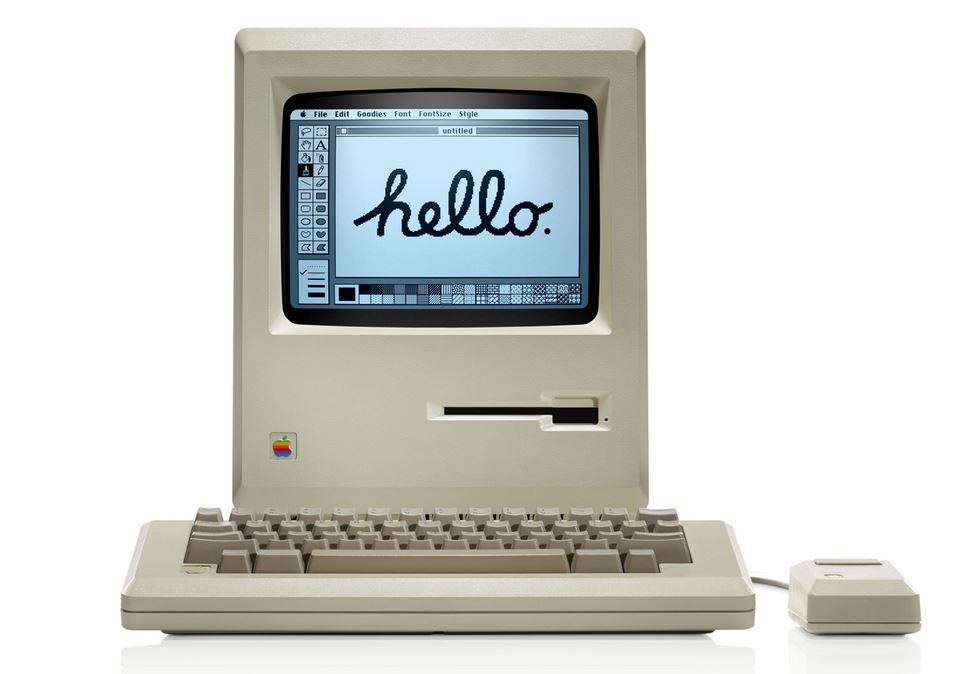Introduction
Over the last 36 years, Apple has had three different CPU architectures. One of the most exciting announcements at the WWDC 2020 was Apple’s plans to transition away from Intel chips on Macs to custom ARM-based processors similar to the A-series chips used in iPhones and iPads.
But what is a CPU and what is an ARM-based processor? A CPU (central processing unit) is the core processor which executes the commands and instructions through computer programming to give the device functionality. Essentially, it is the brains of the computer.

As we travel further into our technological age, CPUs have become more sophisticated over the generations due to better coders and coding programs to allow the CPUs to execute commands faster and more accurately.
Apple has always designed its own processors for its iPhones, iPods, Watches and other devices except for the Macintosh line. Apple first used SoC (system on a chip) designs in early revisions of the iPhone and iPod touch. A SoC is a single integrated chip (IC) that includes the components normally found in a standard computer system like CPUs but the use of SoCs makes computers smaller, faster, cheaper, and less power-hungry – which is why there are mainly found in almost all of our mobile devices and/or wearable tech. An ARM or Advanced RISC Machines are an architecture which utilises these SoC functionalities necessary for mobile computing.

Motorola 68K (1984-1995)
The 1984 Apple Macintosh computer had an 8 MHz Motorola 68K CPU. While in development, an early Mac prototype used an 8/16-bit Motorola 6809 CPU. But after a designer noticed the impressive graphics routines that were being created for the 68K-based Apple Lisa, the more expensive 16/32-bit 68K was chosen.
Over the following decade, every Macintosh used successors of the 68K CPU which got faster and more complex over time with the last one being the PowerBook 190 in 1995.

PowerPC (1994-2005)
The computing industry began to turn away from the traditional CPU architectures in favour of new trends, like Reduced Instruction Set Computing (RISC). This design technique promised faster CPUs so Apple explored many different RISC CPU options in which an alliance between Apple, IBM, and Motorola was formed to tackle Microsoft-Intel domination – therefore creating Power PC.
The Power Macintosh 6100 was the first workstation utilising the PowerPC architecture. Apple designed a 68K emulator which included every copy of Mac OS. This meant these new Macs could run almost all older 68K software seamlessly allowing a smooth transition to PowerPC.

Intel x86 (2006-2020)
In 2005, Apple switched to Intel-based chips which was spurred by power-hungry PowerPC chips which required extensive cooling to operate, precluding their use in laptops. This transition resulted in almost four-fold enhanced performance from their predecessors. Here we saw the release of the Intel iMacs and the MacBook Pros.

To preserve software compatibility between generations, Apple included an advanced emulation technology called Rosetta which preserved the software compatibility between previous generations of Mac processors which could dynamically translate some PowerPC code to Intel which greatly eased this transition. However, Apple removed Rosetta on the introduction of Mac OS X 10.7 Lion.
Apple M1 / ARM SoC processor (2020-2022)
It was until 2020 when Apple started to move Macs to Apple Silicon with the introduction of Apple M1. Like the iPhone, which has always stood out from other smartphones for its deep and seamless integration between software and hardware, ARM-based Macs were created to do the same.
Apple’s M1 chips became so fast, they could run programs better than Intel's x86 processors! Not only that, but being ARM-based, it is significantly more energy-efficient than Intel chips. If you squint, these computers look more like an iPhone than a PC. Apple’s M1 processor released at the end of 2020 is based on the A14 chip that first arrived in the iPad Air (4th generation) and iPhone 12.

Apple M2 (2022-ongoing)
Apple released its latest iteration of its M-series chips this year which was the M2 chip introduced in the MacBook Air and updated 13-inch MacBook Pro. Apple’s senior vice president of Hardware Technologies Johny Srouji reports “M2 starts the second generation of M-series chips and goes beyond the remarkable features of M1. With our relentless focus on power-efficient performance, M2 delivers a faster CPU, GPU, and Neural Engine".
The M2 continues to follow the SoC design and is built using enhanced, second-generation 5-nanometer technology, and consists of 20 billion transistors — 25%more than M1. Hence, the M2 can handle even larger and more complex workloads.

So, what is in the future for Mac processors? I think currently, Apple is happy with the performance of their M1 processors and refining these seems like a good direction as we already see the introduction of the M2 chip this year which will slowly take over M1 products.
The next generation of Apple’s high-end laptop processors, possibly M2 Max, M2 Ultra or even M3 could have several tiers of performance and efficiency cores but this will be interesting to see what Apple develops in the upcoming years.
Lets us know your ideas on at Megamac Twitter or Instagram ;)



